The Power of Flow Harps
3500 words | 27 min. audio — how flow harps make magical gatherings
Scroll down for the full transcript or click the button below to listen.
The Power of Flow Harps
Dialogue with Maja Apolonia Rode and Lisa Lewis-Cogswell
Introduction:
In this 27-minute dialogue, Lisa Lewis-Cogswell and I explore the power of Flow Harps as sacred-space creation tool for gatherings that go deeper and open the heart.
To see this magical instrument in action click here.
To learn more about Lisa visit her website.
Lisa and I touch on many points including:
How the field changes when we tune into the vibration of beauty
Entering the space of the sound by listening together
How Flow Harps cultivate belonging and a sense of safety
Calling in the vibration of the truth of who we are
Flow Harps are super easy to play and elicit flow states in the player and the listener
If you are interested in purchasing a harp (starting at $500+ shipping) contact me to set up a Zoom to see what’s currently available and learn more about what’s possible for you with this amazing instrument.
The Power of Flow Harps
TRANSCRIPT
About Flow Harps
Maja Apolonia Rode:
The purpose of this dialogue is to shed light on the power of the flow harps.
[Flow harps are super easy to play and elicit flow states in the player and the listener]
The idea of calling it a flow harp and why I like that idea that it's so easy to play. People can just sit down and enter a creative flow state as they play — even if they don't have any musical training or experience.
[Listening is the key to playing well]
One trick to play well is to listen. You listen as you're playing to what you're playing. And then, you get the instantaneous feedback about what you just did. And then, the next moment of moving towards: “Oh, that sounded like I might want to play slower. So let me play slower and then see. . . Oh, that gets me into a certain state as I listen to it.”
And there's curiosity, like what happens if I try hitting it with this brush, or if I, tap on the wood instead of the strings. There's this curiosity and play that's involved.
[Flow comes when you play and listen simultaneously]
And the person playing it can, readily enter a flow state with their playing and listening in combination.
[Expressing from a flow state creates a resonant field in the social environment]
And when the person playing is in a flow state, that, I believe, is similar to resonance. When a string is struck on an instrument and there's another string either on that instrument or a different instrument that's tuned to the same note, it will vibrate that other string. It will create a resonant sound in the environment.
So, similarly in some social way, when one person is in a flow state and they're creating an expression from that flow state (in this case, music) the audience, the listeners, pick up on that flow vibration. So they can enter that same feeling of at-easeness with the flow of life.
So I feel like that's part of what makes, the power of that instrument and why I'm calling them Flow Harps.
[Intentionally designed tunings allow the flow to happen]
The other thing I want to say is that it's not an accident that the flow happens. There’s a thing that happens before the person sits down to play the instrument. That is the structure, which has been very intentionally designed musically to make it work almost no matter what you do with the strings.
So that is a very intentionally designed tuning for a particular instrument.
Then, the skill of actually tuning the physical instrument to that design is something that takes time.
[The equation of flow is freedom within a framework]
And so, it's a really important part of the equation of flow that, there's a framework or a form.
Structure is so often embedded in what we do that people don't realize the importance of it.
For example, you can be free to say whatever you want. But wait a minute, you're speaking in a language that's very highly structured and skilled to be able to even say words that mean anything. So it's really important to name in the power of the harps that the setup is what allows the flow to happen. There's that structure that involves a design and the skill to execute the design — and then you play.
The Magic of Flow Harps
[Why do the harps create such a special, sacred vibe?]
Lisa Lewis-Cogswell:
You just answered a little bit. I've listened to you play these for years and I always somehow believed that it was you and your energy and your magic that was part of it. I knew that anybody could play them. I knew that they all emit this beautiful sound, et cetera. But I also thought that part of the magic was you — and it is.
And, I've been repeatedly struck by how many people have reacted when I start playing it. I don't have a lot of experience at all and I don't even think I'm doing what you just described, but maybe I am. I'm just trying to play something that sounds kind of pretty and I'm going back to certain strings that sounded good.
I’ve just been doing it for a couple of minutes before a gathering or a group coaching thing and people are in their reflection time. It creates such a special, sacred energy that it makes people want one of your harps.
So I'm curious, what do you think these harps do in a space?
Everybody knows how you can ring a bowl to start a gathering, and that creates a certain vibe. There are certain things we can do before we start anything that creates a certain vibe, which is sort of like an intention. But there's something about these harps that's very special, that invites people to drop in in a very particular way, I think.
You started to describe it already, but I'm curious.
Maja:
I want to first say in response to your surprised experience that your playing actually brought people into a space.
[A simple example of listening and flow]
One of the things you did was that you listened to what you were playing. And you would go again to that string you liked, right? That's a simple example of what listening does. And you did what you wanted to do: “I want to hear that string again, so let me do that. I liked it.” right? So there’s that.
And the flow doesn’t necessarily mean getting into the Michael Jordan, one-with-the-universe, winning-a-basketball-game level of flow. It might not seem all that extraordinary, but sometimes flow is like that. Sometimes our best talents, we just think are normal.
I'm just really loving that you got to experience that yourself, and the simple way you just described it in your experience.
[Flow Harps create a space for people to connect deeper]
So then back to your question, How do these harps create an intentional space for people?
Lisa:
I feel like there's more to the question,
How do these harps create a space for people to gather more consciously and connect deeper? That's my biggest curiosity.
[The field changes when we tune into the vibration of beauty]
What I'm getting from what you've said already is what's happening is: The field is changing because I'm changing. I'm listening to this instrument. I'm choosing certain things. I’m going into a different state to do that. I can't do that from a stressed-out place. I have to listen.
I'm connecting to music and beauty and a vibration. Then, the group is probably co-regulating to me. It's like the mirror neurons and all that, but we're creating a field as well.
So the minute I am tuned in to the instrument, the circle is tuned in to me.
That's the Aha I'm getting from what you just said. So it kind of starts to answer my question, but how do these harps create a space for people to gather and connect deeper?
[We enter the space of the sound by listening together]
Maja:
Well, this is really interesting — the idea of listening. There's that one layer where you're the player of the instrument and you're listening to what you're playing.
But then you just brought in what, to me, is the key that I wrote on the first game board of the dialogue framework that I was creating. I wrote, “Listening together is how we win the game.”
And as time goes on, it becomes even more clear to me how profound it is — this experience of the actuality of listening together. You're not just listening as an isolated human, we are all listening together. And, with the tuning of these instruments, we are listening together to a harmonious, holistic, unfolding sound.
So, in a way, by listening together to the vibration of beauty we all harmonize to that beauty.
Part of it is you as the player getting into your own resonant state, and that's really good. And there's the actual sounds that are made that are imbuing the space. And we're listening to them and in a way we're letting our consciousness become — we're entering that space, the space of that sound.
By listening to it, we're choicefully stepping into that field (you called it a field and that's a good word), the field of that vibration.
[Designing a harmonic field of sound]
I sometimes would describe coming up with a harp tuning as akin to writing a song. Like, you stroke your finger down the harp and it's like a melody that unfolds in a certain direction. So, it's like writing a song.
But actually, I think part of my job is a designer of the sound, which is interesting, because I hadn't thought about it that way. It's like I'm designing a sound space. I'm designing a harmonic field of sound.
[Anyone can step into that sound-making design]
So then, you or anyone, or even myself, as an inexperienced musician, are stepping into that design. You don't have to do this particular part of the hard work of learning how to play an instrument well and knowing scales and whatever. The design is created, and you step into that design.
[The Flow Harp is designed to be beautiful and easy to play]
Part of what makes the harps work as a vibrational call-together is that they're designed to be beautiful.
I could design them to sound like a haunted house, right? And that's going to produce a different kind of collective vibe. And honestly, given music theory, it's not that hard to create a beautiful sound.
It's a little bit magical to also make it easier to play. Some of the tunings are more conducive to really “anything goes” than other tunings. There's that aspect of design. In some cases, we could say it's better if no matter what you do it sounds great. But then again, that's not necessarily better. It's just more accessible, right?
A guitar isn't tuned for everything to sound great automatically. But hey, there's so much you can do with a guitar. It's not a lesser tuning than one of these harps.
Lisa:
Wow. I love that you're saying all this because it also points the reader to understand that there's a lot of beauty put into these. You design them a certain way.
[How does the vibration of beauty open up the heart?]
And that leads me to another curiosity: How do you think stepping into a harmonic field designed for beauty helps us connect more and grow more love?
That seems to happen when these are played in groups. I feel a heart-sweet quality. So, how does the vibration of beauty open up the heart?
I know this is going into a different direction.
Maja:
Not necessarily — like beauty as a DNA element of a heartful gathering. Could there be a heartful gathering that wasn't in some fundamental way beautiful?
Lisa:
Right. Whoa. That's profound. They go together.
[Calling in the vibration of the truth of who we are cultivates belonging]
Maja:
As you know, the title of my dissertation was “What is Beauty?” So it's been an inquiry for me.
Lisa:
Oh my God, I forgot about that.
Maja:
Part of the revelation is like one of those philosophers was saying that “Beauty is truth and truth is beauty.” Whatever he meant by that, one of the things I feel is true is that we recognize truth because it's beautiful. It shines in a certain way.
"Oh, right. That's true." Like there's that sense of beauty that shines from that which is true.
And so when we bring it into a heartful gathering, the truth is that we are all miracles of life. And for me to see you truly is — there's nothing I could do but love you. To see you in the truth of your being, you started out as a precious, beautiful infant and here we are in the struggle of life, and you're alive and a miracle of nature.
We are expressions of this one life. That is a miracle. There's a beauty in recognizing the preciousness of life, for example.
There's a beauty in recognizing, "Oh, I love the care that you put into setting up this gathering," or, "Oh, thank you for driving all this way to join us," or whatever. There is each person showing up as themself. There's a beauty in that.
So when we hear beauty together, it attunes us to the field of what is beautiful, and what is true, and what is love.
Lisa:
So it's like, it's calling in a vibration of the truth of who we really are.
Maja:
That's much more concise and well put.
Lisa:
I would imagine that creates an immediate sense of belonging. If somebody has just called in the truth of who you are.
Maja:
Yes. That's amazing. And it's a shared experience.
Lisa:
Yes, everybody is experiencing this beauty. This vibration suddenly is happening.
There's a part of our DNA that understands we're suddenly being held and seen because we are suddenly being spoken to from the truth of who we are.
The Effects of Flow Harps
Maja:
[Flow Harps are like a musical bubble bath]
Yes. What's coming up is that it's like we're swimming in a field together that's like a bubble bath. It's like, "Ahhh. Okay. "
Lisa:
Yes. It is like that. This is a great analogy. Swimming in a field of something that's like a bubble bath. That speaks to me. “Yes! It is like that.” And it’s like the bubble bath has a sweetness to it — maybe it’s like the smell of roses.
[Flow harps cultivate belonging and a sense of safety]
And I admit that for many years I would think it was mostly attributed to you and your field — that you were bringing it. But suddenly when I play it in any gathering, I've got people just acting very peculiar, suddenly so appreciative that I came today or whatever.
Maja:
Oh wow.
Lisa:
What did I do here that was different? Oh, right. I brought the harp.
Maja:
That's funny. And it's both, right?
Lisa:
It's both.
But if you think about it on the level of what you've said — if I'm doing something that's suddenly creating this field of a bubble bath, or something that speaks to people on a DNA level (I'm imagining this in particular, with the vibration of beauty) it can create that immediate sense of belonging and dropping in.
And I think the dropping in is because suddenly there's almost a sense of safety created by it, too.
[Flow harps align us to an unspoken intention]
Maja:
Yeah, interesting. Part of the safety is like sensing this is what this person is intending. We are all in a field. We're all aligning to something good, and therefore the actions that happen from the space we are in will be informed by the experience we just shared together.
Lisa:
Yes. So just by playing it, you create an intention that's unspoken that says all of what you just said to the person.
[Flow harps relax the nervous system]
Lisa: And I think it helps people. It's like their nervous system relaxes.
They're like, "I'm in a safe space." And when people feel safe, they can go deeper.
Maja:
Right.
How Sacred Space Happens
[Holding sacred space happens on different levels]
And one thing I want to go back to is the role that you play by bringing the instrument in and playing it. There's the sound of the instrument, there's you listening to what you're playing, and there's a certain level of knowing how to play it.
You know and you're curious and you're listening and you're flowing with this thing. There's that level of the immediate delivery of the instrument sound.
But part of what's going on — Why are we so glad Lisa came? She played that music that made it extra special. But you didn't just play the music, you bought an instrument, you tuned the instrument, you lugged it to the event. And why? Because you are a holder of sacred space. The playing of the music isn't just the music, it's your expression of your space holding. And it's like, “Oh, thank you for coming, space holder, to this sacred gathering and helping make it sacred.”
Lisa:
Exactly. Exactly.
[Creating a world that works for me]
And there's so little of that in life for people. I know for you it's like your norm. But most of the world doesn't have that. That's why we joke about, “Maja bringing her magic.” Because most of the world doesn't live in that space where they can drop into a sacred space. They don't even know how to create that.
Maja:
Yeah, it's interesting that when I spoke with another friend about randomization, that was one of her points, too. It's not normal for people to have the kind of dialogue we were talking about.
And why is it that that's sort of normal for me? Because I couldn't live in that other world. It’s like, "Wait. This world isn't working for me. I have to make one that does." And the harps are one of the ways. And so I really appreciate your reminding me that, this is not the usual experience that people have.
Lisa:
All of what you do is creating ways for people to also experience the beauty and sacredness of life with you.
Maja:
Right.
Lisa:
Cool. Wow.
Why Lisa Loves Her Flow Harps
Maja:
One of the things you addressed earlier was, the question, “Can I really do it? Will I really be able to make this beautiful music?” So, let me ask you one question: Why are you happy that you have these instruments?
Lisa:
For two reasons, which makes sense because it's who I am.
[Flow harps support my inner work]
It’s for my inner work, so that Christopher and I have instruments around to bring more music into our life. We've actually made a commitment to being more musical. And that's because we find ourselves sometimes getting so busy, we can go months and realize that we're not doing anything musical.
It's a way to suddenly feel like I, we, are making music that is simple. And it's right there. And it's beautiful. That's the the personal reason.
[Flow harps are a unique way to cultivate heartful connection]
And then. I feel like it makes me feel a little bit special that I have this thing I can bring to a gathering or use in my own in-person gatherings for creating that immediate sense of, "Ahh. Right. We're going to the bubble bath zone."
“We're going there. That's what this is about.” We're going from our heads to our hearts. There's something different that's going to happen here. Whether you know it or not, we're going to drop in a little bit more.
Maja:
Wow.
[Flow harps are in a new stratosphere of tools for sacred space pioneers]
Lisa:
I compare it to these sound healing bells I bought when I was trying to figure out how to give people something they can start a circle with that will immediately bring in this dropping-in feeling. And I don't know why I didn't even think about it until you and I got back more in collaboration. This is like a whole different stratosphere of tools.
Maja:
Right. That's amazing. And there's something about being a bit of a pioneer bringing music in, bringing this sacred space. Whoever has one of these, bringing it into a group is like you're at the little cutting edge of “Hey, let's make life beautiful.”
Lisa:
Yeah, I love that. And you get to be unique. You get to have a unique way of starting things or getting people to drop in. Or you could use it for transitions or whatever.
Maja:
Nice. Lisa, thank you for your time here. I really appreciate how this really drew out a lot of good reflections.
Lisa:
I know! Me too! Actually, the whole Q&A we just did helps me understand it more, so when people ask me about it, now I have a few more words to describe why the harps are so special.
•
❤ 2024 | Maja Apolonia Rodé
You may also enjoy . . .
150-MBC

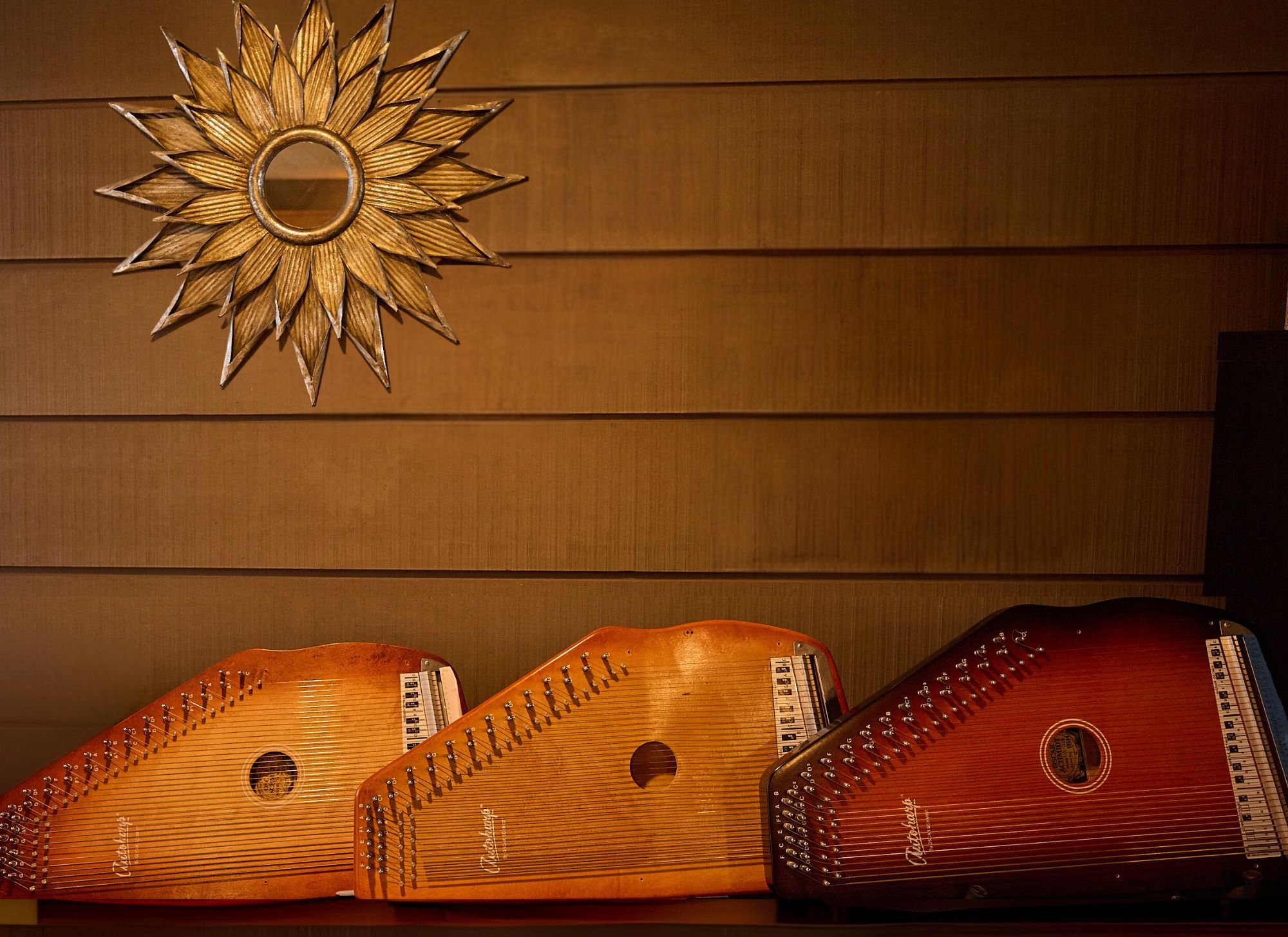
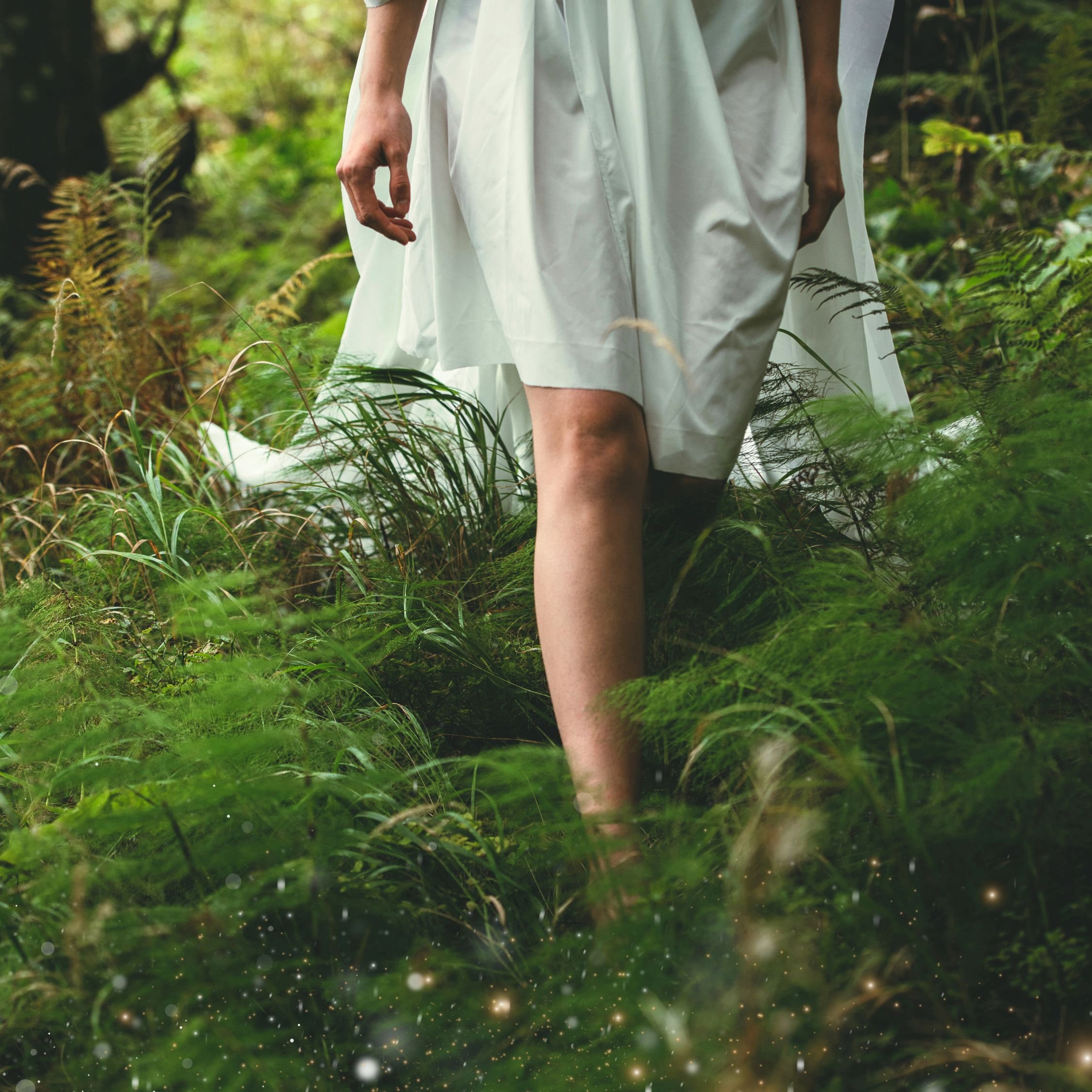

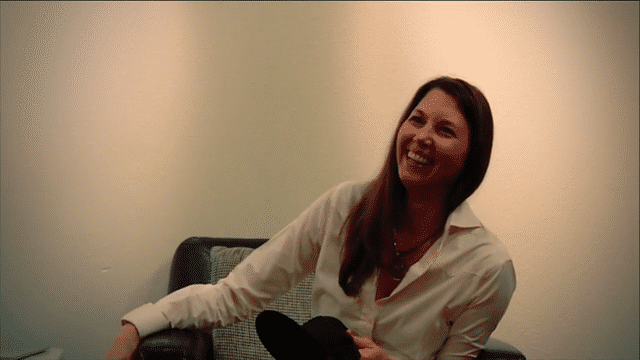
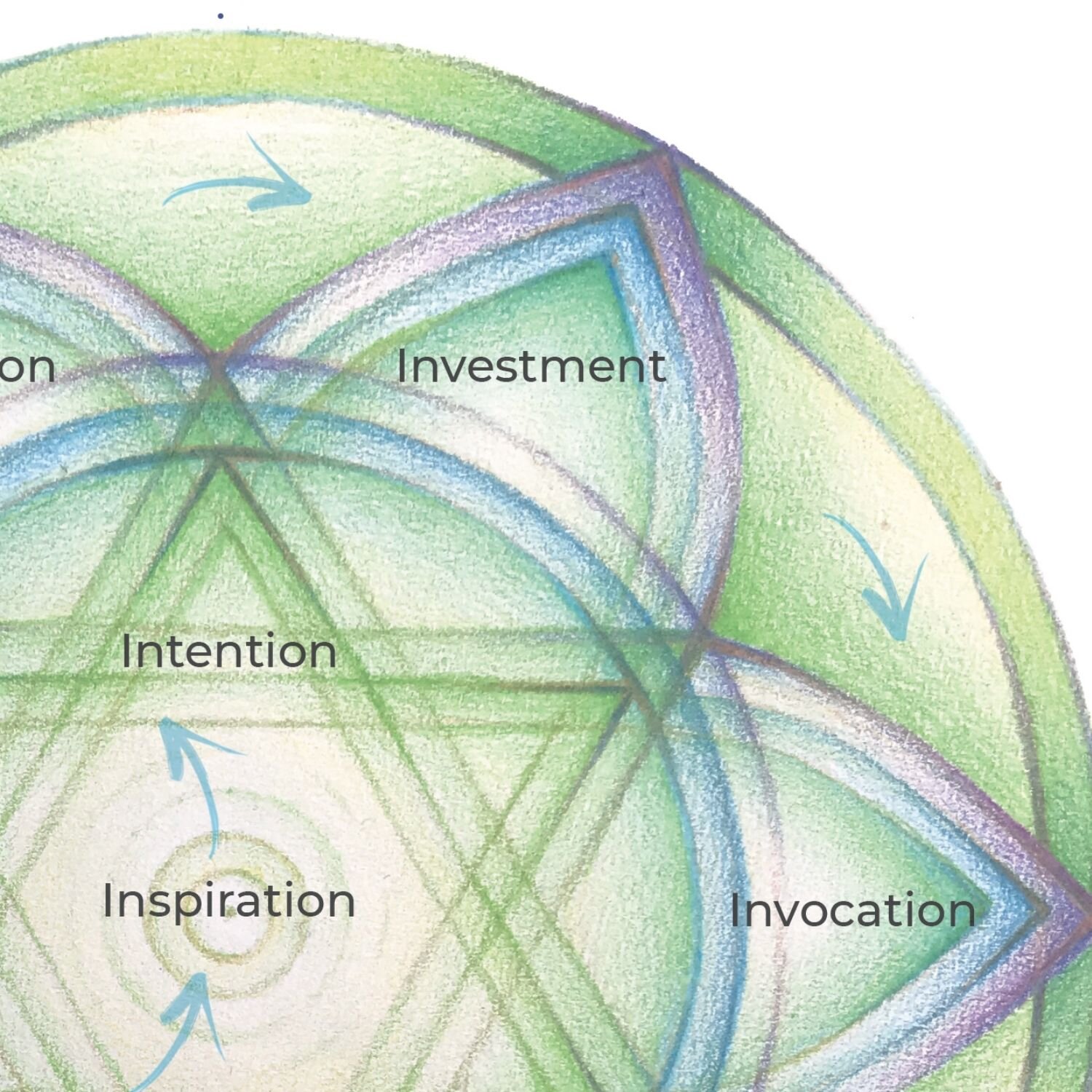
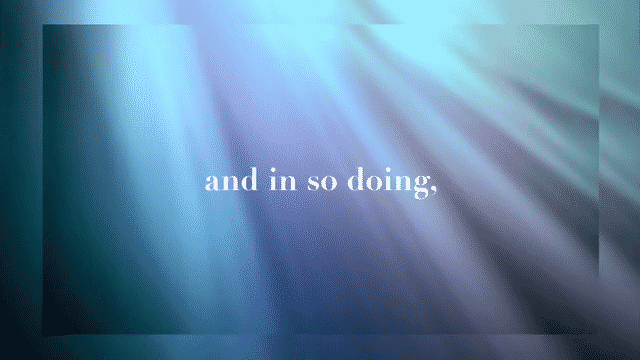
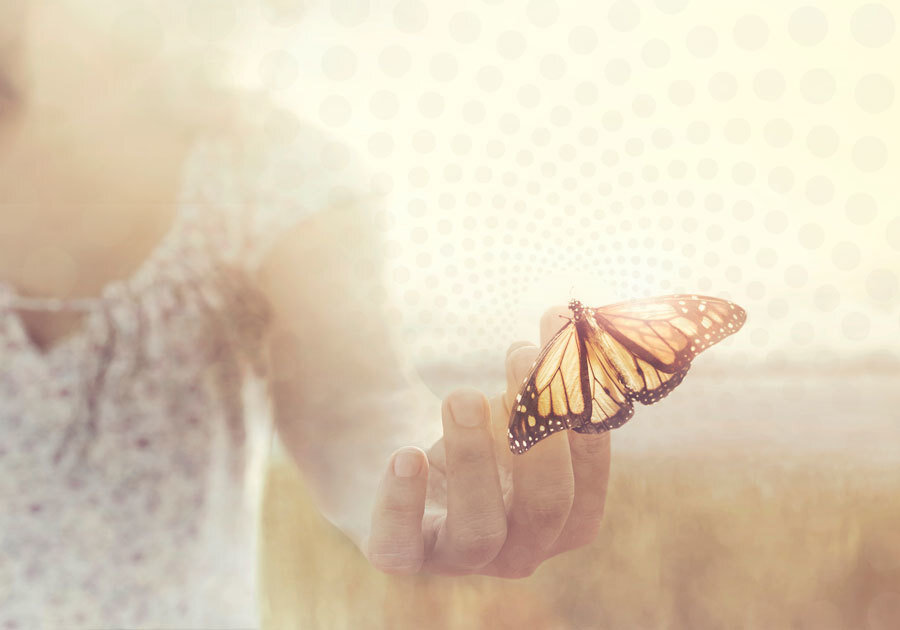
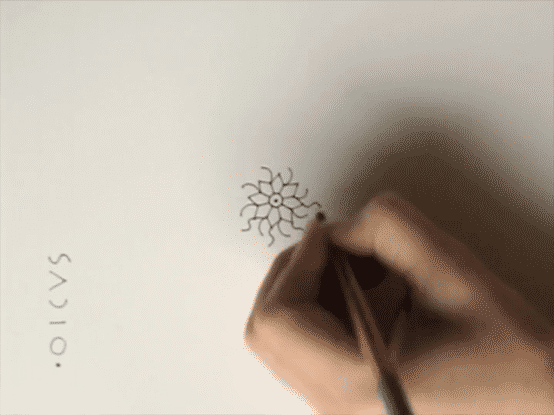
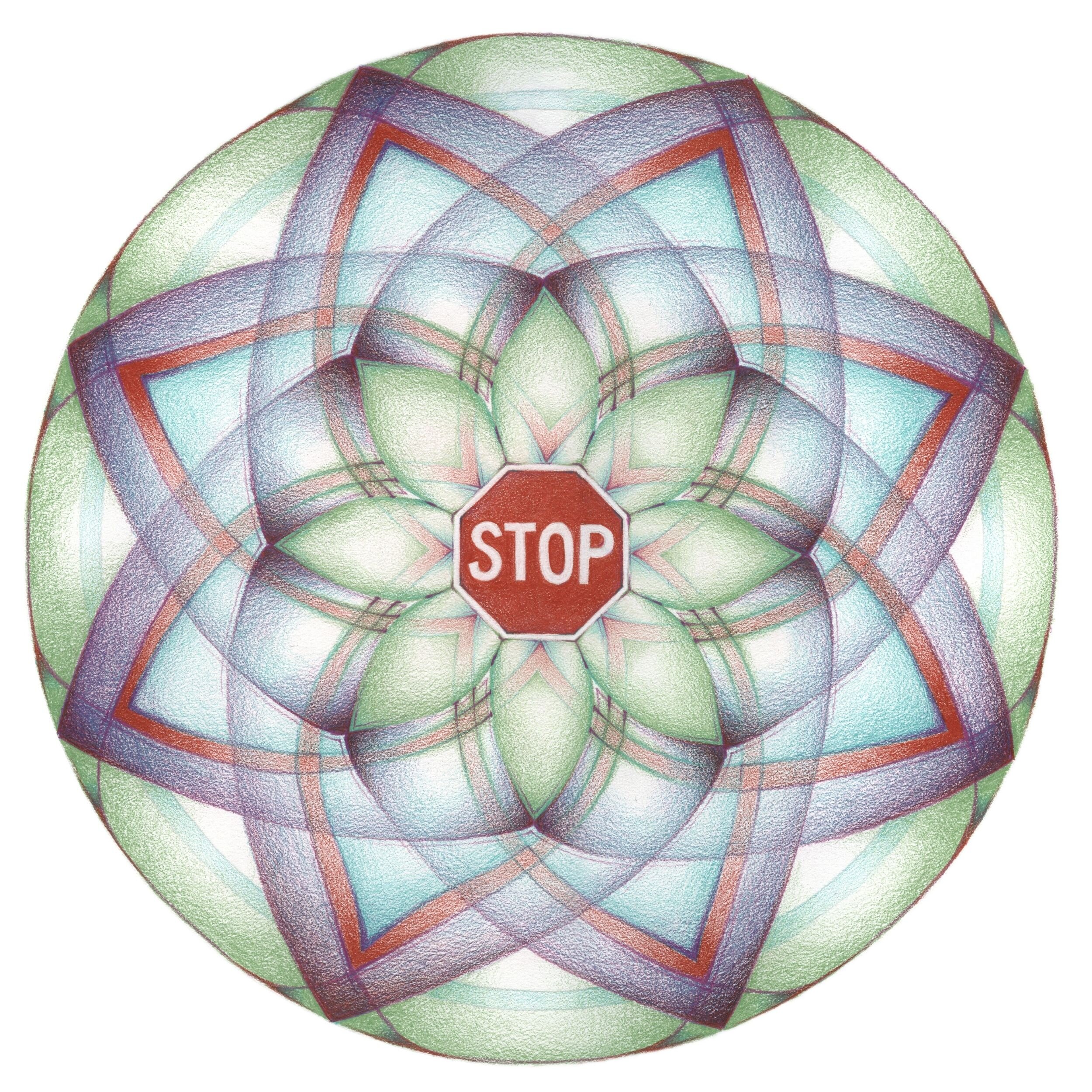
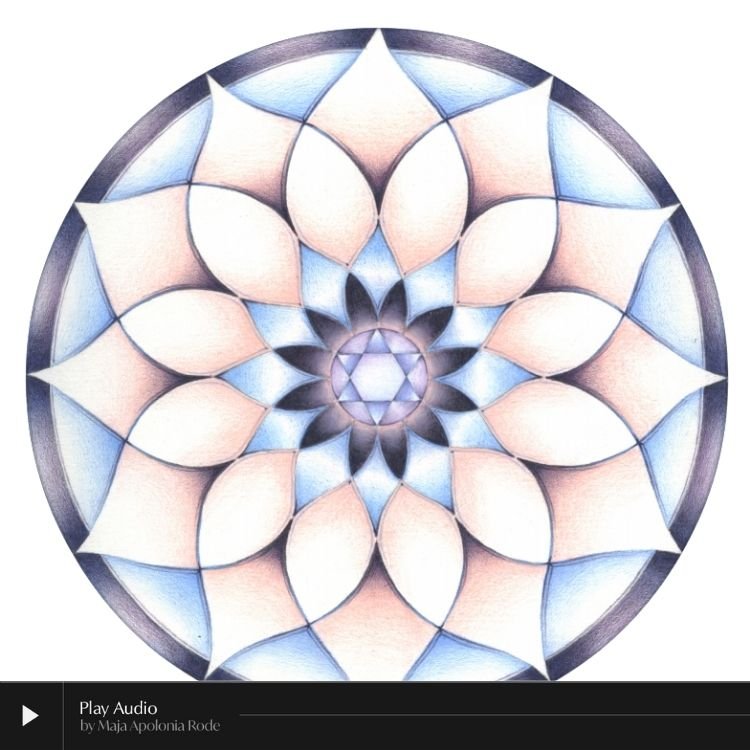
article | 2000 words | simple actions that make all the difference